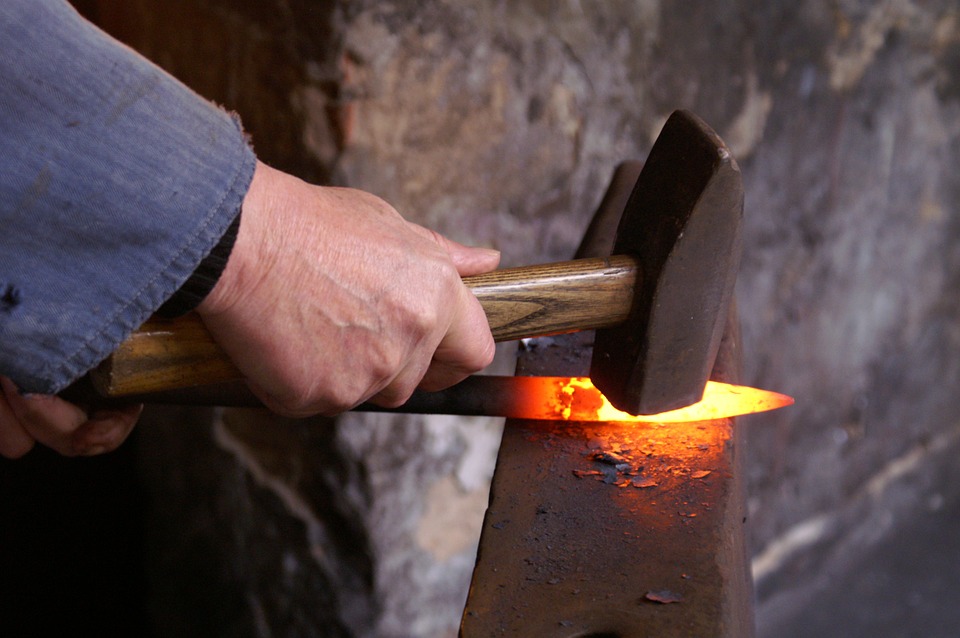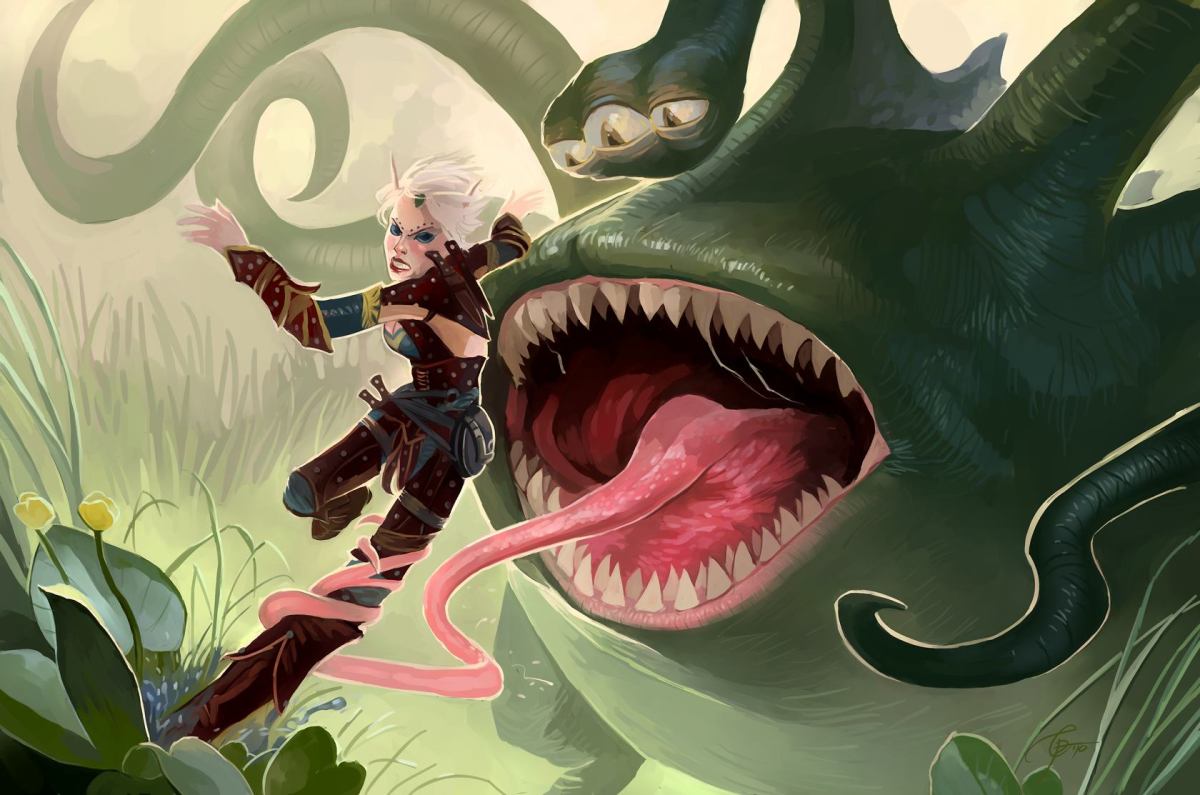With a lot of familiar names of monsters from Pathfinder’s first edition and Dungeons & Dragons before it getting new names in Bestiary 1, I’ve started putting together a Google Doc of the old names vs the new names, and it grew from there.
In Behind The Screens, Ryan Costello offers advice, ideas, and insight for the Pathfinder GM. He deconstructs popular GMing advice to account for different styles and motivations of Game Masters and players. Afterall, everyone games in different ways for different reasons.
GREW FROM THERE
The original concept was simple: A spreadsheet with two rows:
- 2e Name
- 1e Name
Sticking with just the names name this more of a list than a tool. Sure, I would have a reference to answer the specific question “What’s that monster called in 2e?” but why stop there? By simply linking to the Archives of Nethys entry for each monster, I, or anyone else using the tool, has access to the monster’s rules, inevitably the next step in the search for the monster.
Then I remembered the reason monsters were renamed: Because the names of D&D-originating monsters was a grey area in the Open Gaming License, which is why monsters are rarely named in published Pathfinder fiction and they’re renamed in merchandise like Pathfinder minis. So I should have a column for the names these creatures were given in the Pathfinder Battles line. And if I’m listing the names, I might as well link to their pictures on Pathfinderminis.com.
But that’s not where renaming ends! Some monsters have Paizo Intellectual Property names, like the Sandpoint Devil, and some online resources can’t use Paizo IP because they don’t qualify for the Community Use (usually because the resource is for profit). So I can link to alternate monster names on d20pfsrd. That’s one more name Pathfinder monsters can have, so a new column was added.
Finally, since I was linking to the minis a GM might need if they want proper representation of the monster on their table, I figured if the monster appeared in a pawn set, I’ll link to that as well. Maybe I’ll start linking to Pathfinderwiki entries to cover the lore.
As a result of these added features, the scope of this tool grew beyond what I expected so it’s not ready to show off today. At least right now it serves the original purpose I pictured and it will be a better tool when it’s done.
WHY?
Why do this? Well, it’s useful to me as a GM and freelancer, which means it might be useful to my fellow GMs and freelancers.
PERSONAL BENEFITS
As I’ve discussed before, memorization is one of my weaknesses of information retention. Because the motivation for the renaming was case-by case instead of systematic (say, renaming all monsters to be what they call themselves), I’m less likely to remember which monsters were renamed to what. As I started working on the tool, I saw other ways I could use it and set out to make the best tool for me.
Also, it helps me notice smaller changes, like that 1e’s derros were renamed dero (dropping an R) and 1e’s erinyes were renamed erinys (dropping the last E), and idiosyncrasies, like a few spots where the Bestiary table of contents aren’t in alphabetical order (Deinosuchus comes before Deinonychus even though N comes before S). These findings are fun for a Pathfinder enthusiast, and leave me with minutia to ponder.
I am much better at learning through interaction, which includes interacting with the same item from multiple directions. The more familiar I am with monsters, and the more ways I know I can interact with these rules, the more likely I am to know how to best find the information.
Effectively, making a tool to help me manage the Pathfinder monsters means I am less likely to need the tool I am making. I am OK with that.
COMMUNITY BENEFITS
An element of how Paizo published Pathfinder 1e that does not get the appreciation it deserves is how online community friendly they were. 1e wasn’t just D&D 3.5 rules evolved, it was a better play experience thanks to legally available rulebook PDFs and online tools, some of which were created by the community. After a decade of Pathfinder enthusiasts learning to play a certain way, a new edition meant losing a lot of resources we were comfortable with. It’s time to rebuild those resources.
Of course, I’m not a programmer, web designer, or… tool maker. So I’ll use the tools available to me. If someone is later able to swoop in and improve on my tool, I’ll happily switch to the better tool.
BUILDING ON EXISTING FOUNDATION
Despite losing a lot of the resources we’re used to, we still have a lot of free tools for our game. Just looking at the list above, my idea for a list of names turned into an interactive resource by incorporating the Archives of Nethys, Pathfinderminis.com, d20pfsrd, and Pathfinderwiki.
These resources are institutions of the game and the hobby, and they serve as an excellent springboard for other tools.
AND SO CAN YOU!
If you find yourself wanting for a resource you had in 1e, take action! That action can be as complex as making it yourself or as simple as reaching out to the people who made the tool you love and miss and let them know their work is appreciated. Just try to avoid sounding entitled to a new version.
It might help get an update made, or it might just make the day of someone who helped make your game the experience you enjoyed.





